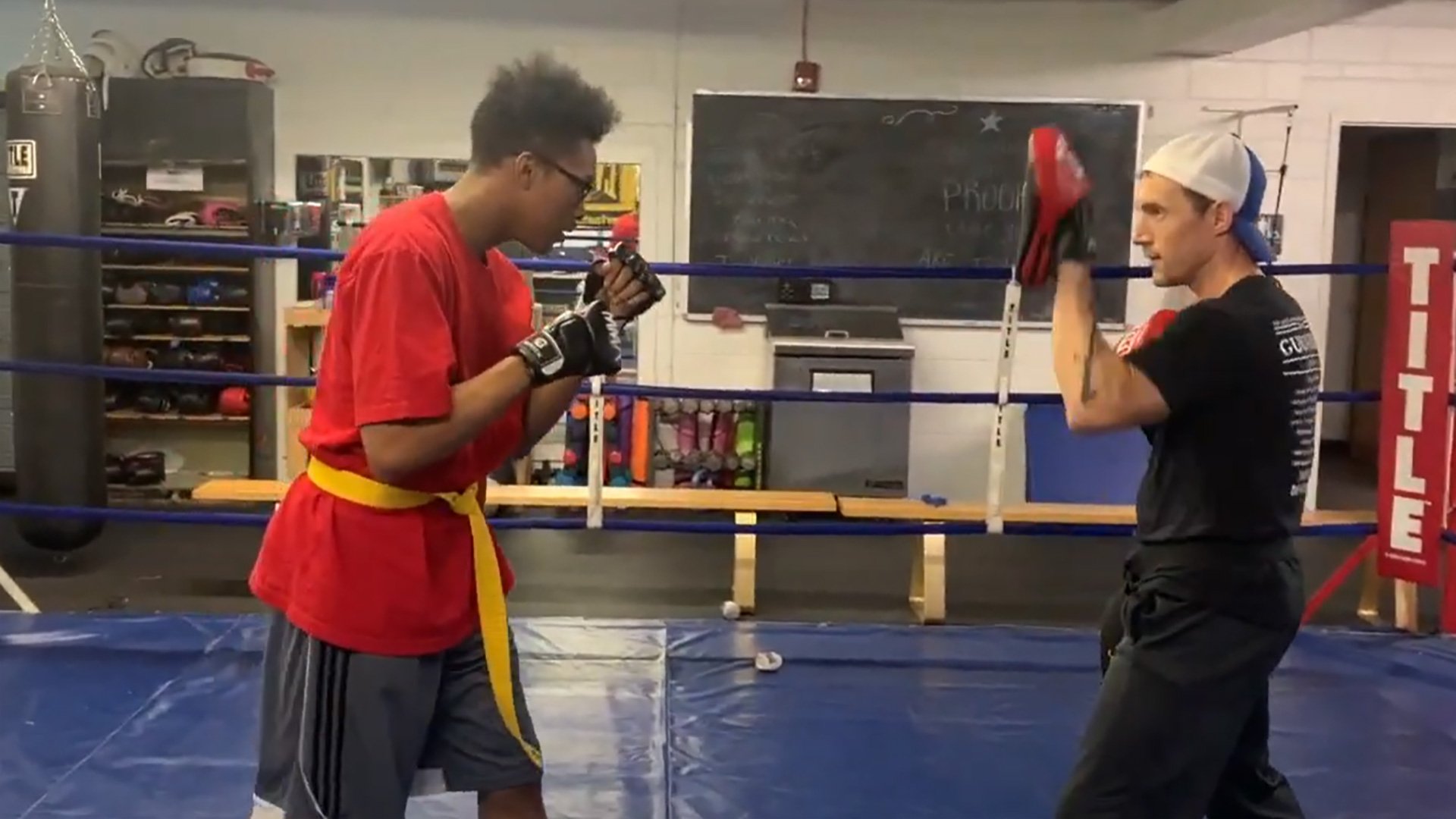Kansas City, Missouri, police officers are forming relationships with youth in the city’s Police Athletic League (PAL).
“PAL is about building positive relationships,” says Sergeant Skip Cox at PAL. “We collaborate with community volunteers and businesses who work with police officers to help underprivileged youth and their families. Sports, arts and activities are the draw, but PAL is much deeper than that. When those positive relationships are created between the youth and the police officers, the youth actually become our allies in their own homes, helping to bridge gaps and foster open dialogues to build solid relationships.”
As Cox sees it, “Equally important and sometimes overlooked is how those relationships impact our police officers. When our officers engage with youth at PAL, they get to see the kids in their natural environment and see the world from the youth’s perspective (and their families’), which can be missed during a 10-minute 9-1-1 call. PAL invites everyone to see people as people, rather than the negative stereotypes.”
As part of the program, KCPD officers coach and mentor children in a variety of activities kids can sign up for. PAL is an after-school program, and requires youth members “to maintain a 2.0 grade point average in school or attend tutoring and make a good faith effort to raise their GPA,” the website reads. Homework assistance and Wi-Fi are also available for children at the center.
One PAL youth member, Isabel Rivera, enjoys practicing boxing and martial arts with police officers.
“It gives me an opportunity to socialize a little bit better,” Rivera said.
Student Dewayson Thomas also gave his opinion on the program.
“It’s really helped me ’cause I was kinda not really into talking to people that much, but coming here has really has opened up a variety of meeting new people,” Thomas told KSHB 41. “And finding out what I’m good at, too.”
Crispin Rea, an avid Muhammad Ali fan who grew up two blocks from the center and participated in many of its programs, is now an assistant prosecuting attorney in Jackson County and serves on PAL’s board.
“For me, it provided a safe haven in a neighborhood where there are many, many challenges,” Rea said. “This is a neighborhood that’s predominately African American and Hispanic families. So any time you’re able to create those opportunities where officers who serve that community are able to interact in a positive way, not only makes the neighborhood safer but [helps police] learn from the families.”
Rea added that programs like PAL aim to rebuild trust with minority communities.
“We’re at an interesting moment where so much is happening in the world with the criminal justice,” he said. “And the relationship between communities of law enforcement and communities of color is so strained. PAL is part of that solution and building that trust.”
According to PAL’s website, they believe all youth “deserve the opportunity to expand their horizons and realize their full potential.”
Local police officers are crucial to making sure children reach that potential by repairing community relationships.
“There’s a lot of relationships that have been severed or have been broken and this is an opportunity to work and prepare those,” Cox said. “We really can be the pinnacle for that change and bridging that gap.”
Cox said that PAL also gives officers a chance to be emotionally invested in the community.
“It’s hard not to be emotionally invested into the program when you get to see these kids on a daily basis. It’s more than just a job,” he said.
During COVID, PAL officers expanded their relationships beyond students to their families. PAL has even organized food banks during the tough economic times.
“We’ve had to adapt just like everybody. We know we’re really the epicenter for their change, for our kids’ change,” Cox said. “We’ve had countless food banks out here. And knowing that is still a challenge that our families are going through is why we’re here for them.”
PAL officers make roughly 1,300 contacts with kids on a monthly basis. Currently, PAL officers consist of a captain, two sergeants and four officers who work there as their full-time job.
As seen in the November 2021 issue of American Police Beat magazine.
Don’t miss out on another issue today! Click below:







